Why is it so Hard to Run Disadvantages Against Tiny Affirmatives?
This article is one of many in our series on arguing against tiny affirmatives. Check out the previous post here:
Danielle, in the next two articles, we’ll discuss structured DAs with Link/Brink/Impact.
Quick reminder on what those mean:
Brink: What’s in the status quo that is vulnerable to a change (dry forest).
Link: What’s in the affirmative plan that acts on the brink (match).
Impact: The bad thing that happens when they combine (forest fire).
Against a strong affirmative, you have plenty of Link to weaponize. They’re doing something interesting and exciting, making a noticeable change. That always has side effects that you can build into DAs. But against a defensive affirmative making a tiny change, you’ll struggle to build a compelling DA out of the link.
Here’s an example of this approach not working correctly.
The affirmative suggests adding an astronaut to a space flight because hey, she’s qualified and smart and it can’t hurt.
Affirmative Plan: Add Ashley to the lunar mission.
Link: 3rd astronaut. The affirmative moves the mission from a 2-person flight to a 3-person one
Brink: 2 is enough. The status quo is fine as-is.
Impact: Wasted money. Getting Ashley into space means burning more rocket fuel, to say nothing of the cost of the supplies like oxygen and water.
Affirmative response: Outweighed. This is an important mission. Sure, Ashley will cost us some money. But isn’t it worth it to make sure everything goes smoothly?
When you run DAs like this, Affs will usually reply with some version of “Well, we might as well try!” That’s a clear sign that you’re not hitting hard enough. Disadvantages should be so scary that they obviously outweigh the advantages.
In the next article, we’ll show how to fix this disadvantage - and how to beat any other affirmative running a tiny/unsubstantial case.
